June 20, 2025 | 07:13 GMT +7
June 20, 2025 | 07:13 GMT +7
Hotline: 0913.378.918
June 20, 2025 | 07:13 GMT +7
Hotline: 0913.378.918
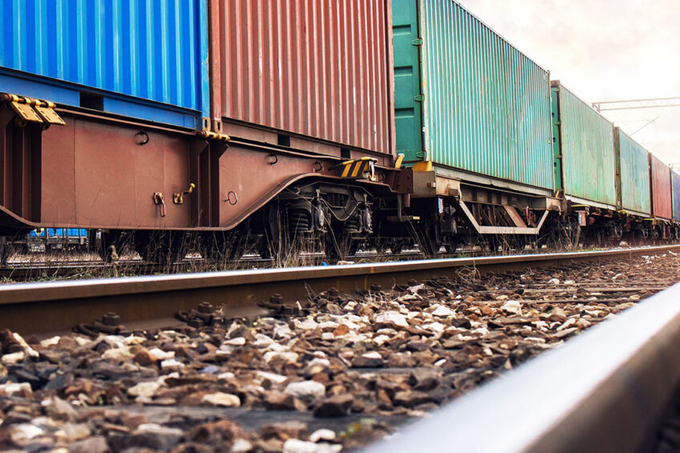
Starting from June, Cherkizovo plans to dispatch an average of 3 trains with chicken products to China per month. Photo: aleksandarlittlewolf
Cherkizovo has sent the first batch of 50 tonnes of chicken feet to China in railway refrigerator containers, the company said in a statement on 29 April. This route is expected to become an alternative to sea transportation as the delivery time is reduced from 45 to only 15 days, Cherkizovo stated.
Meanwhile, Russian poultry processors ring the alarm bell as supplies in the opposite direction also rise.
Starting from June, Cherkizovo plans to dispatch, on average, 3 trains with chicken products to China per month, and the number of containers in each should grow from 30 in the first shipment to 41. “So far, these are test shipments, but the company is certainly interested in developing direct rail shipments to China as an alternative to more complex and lengthy logistics using the sea route,” Cherkizovo said, adding that trains allow the company to deliver products directly to its customers.
China is the primary sales market for Cherkizovo. In 2022, the company sold 40,000 tonnes of chicken and turkey products into China. This year, rail delivery should account for roughly 10% of all shipments, the company forecasted.
The company, however, has not disclosed any information about the delivery costs. The export of products by rail to China from European Russia is typically more expensive than supply by sea. It is also associated with logistics constraints in the Trans-Siberian Railways.
On the other hand, Russian poultry farmers express concerns that China to Russia’s poultry export is also on the rise. Sergey Lakhtyukhov, general director of the Russian national union of poultry producers, told the local press that a steady increase in imports from China seems like a “wake-up call” for the industry. He added that if this trend continues, it may drive down prices in the Russian poultry market and negatively impact the industry’s investment attractiveness.
Russian agricultural market analysts share these fears. Leonid Kholod, a local expert, claimed that these concerns, in his opinion, are well founded since the inflow of cheap poultry from China could not just hurt the average profitability in the industry but also spark bankruptcies among Russian poultry farmers. He explained that the situation looks threatening since a share of the farmers in Russia are already on the edge.
(PW)
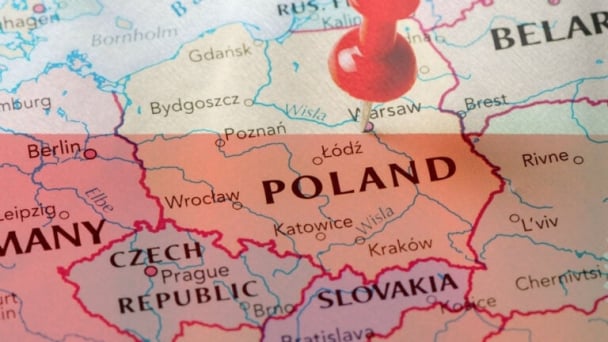
(VAN) Poultry production in Poland, which has only started recovering from devastating bird flu outbreaks earlier this year, has been hit by a series of outbreaks of Newcastle disease, with the veterinary situation deteriorating rapidly.
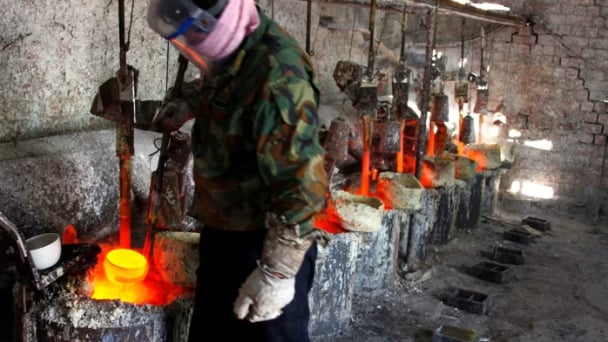
(VAN) Extensive licensing requirements raise concerns about intellectual property theft.
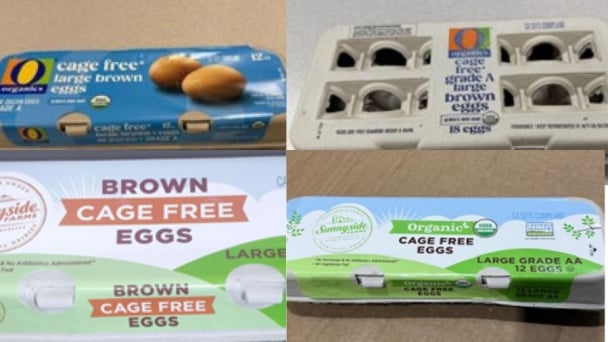
(VAN) As of Friday, a salmonella outbreak linked to a California egg producer had sickened at least 79 people. Of the infected people, 21 hospitalizations were reported, U.S. health officials said.

(VAN) With the war ongoing, many Ukrainian farmers and rural farming families face limited access to their land due to mines and lack the financial resources to purchase needed agricultural inputs.
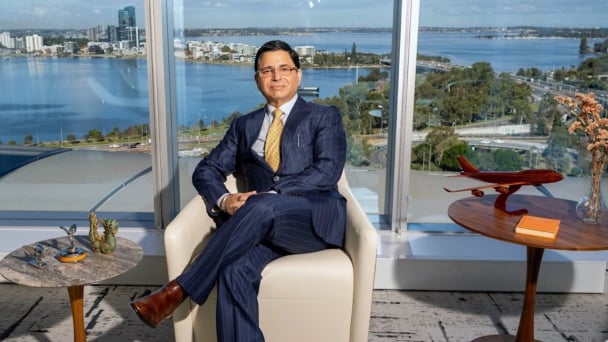
(VAN) Vikas Rambal has quietly built a $5 billion business empire in manufacturing, property and solar, and catapulted onto the Rich List.
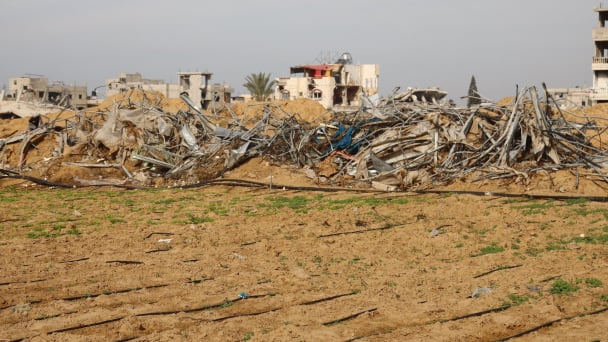
(VAN) Available cropland now at less than five percent, according to latest geospatial assessment from FAO and UNOSAT.

(VAN) Alt Carbon has raised $12 million in a seed round as it plans to scale its carbon dioxide removal work in the South Asian nation.